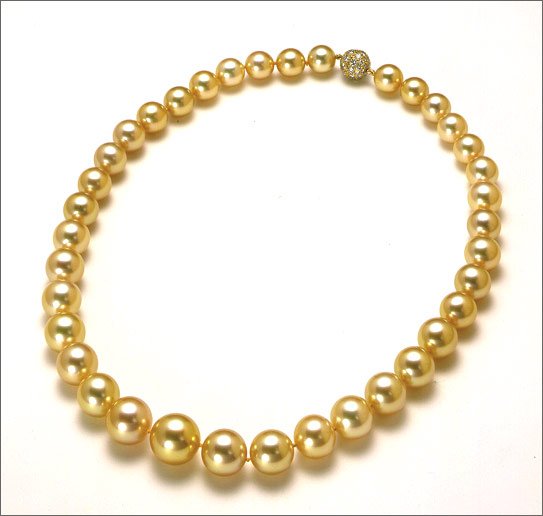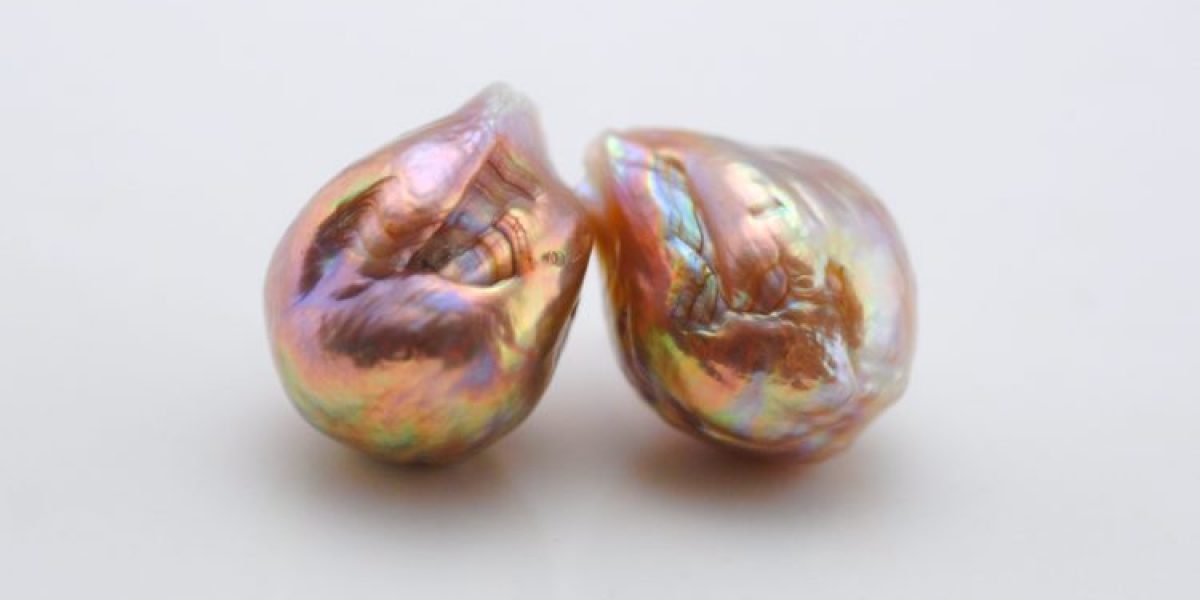

Since always Japan has been known and renowned for its great history and traditions, deeply rooted in its population: the pearl cultivation is no exception and the same country gives birth to this tecnique which later evolved into a true industrial sector.
Many freshwater and salt water pearls are cultivated in Japan – like the Akoya ones and Biwa ones – but not so many people know the Kasumi-ga-Ura ones, particular baroque pearls with n irregular surface, as fascinating as rare to be found nowadays.

Between the 70s and the 80s Biwa lake employed hundreds of people in the pearl cultivation, since Biwa meant highest quality freshwater pearls in the world, but pollution didn’t arrive too late and at the end of 1980 all the efforts and sacrifices had become useless: the attempts to establish – partly at least – the production of pearls once again in the Kasumi-ga-Ura lake challenged both the market and the natural environment, but with the entry of China all the production (aside form the in-body nucleation) were discontinued.
In 2010 an additional blow hit this small – and now family-based – cultivation: the Chinese companies are finally able to introduce in the market pearls with in-body nucleation and X-rays can confirm it: with a drilled nucleus up to the Japanese standards, these pearls can considerably resume the Kasumi ones and, despite the small differences, China proves to the have ability to produce them.
Since 1992 a considerable quantity of baroque pearls imported from the Pacific came from the Kasumi-ga-Ura area, but because of the massive death begun in the 2003, which caused the loss of the 80% pearls under cultivation, has also damaged the “baroqueness” of each harvest, lowering their quality: this fact didn’t properly ruined the market, which usually asks for smoother pearls, but regular pearls can’t have the peculiar colors which characterize the baroque ones.
Despite the big obstacle that this small cultivation had to bear through the years, there are still some operators (5 in 2009) which pursue this project thanks to their dedication and personal love for this craft and this type of pearl. In 2010 the production slightly rose up compared with the last year, but the death rate is still high and cultivators are waiting a stronger hybrid for their cultivations.
Similar Posts

Copyright © 2022 Adriano Genisi
VAT n° IT03492950245 – n° REA VI-329782